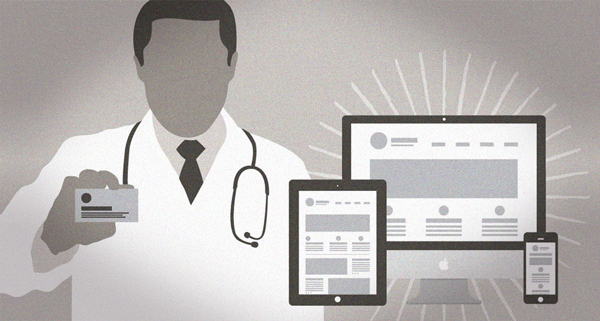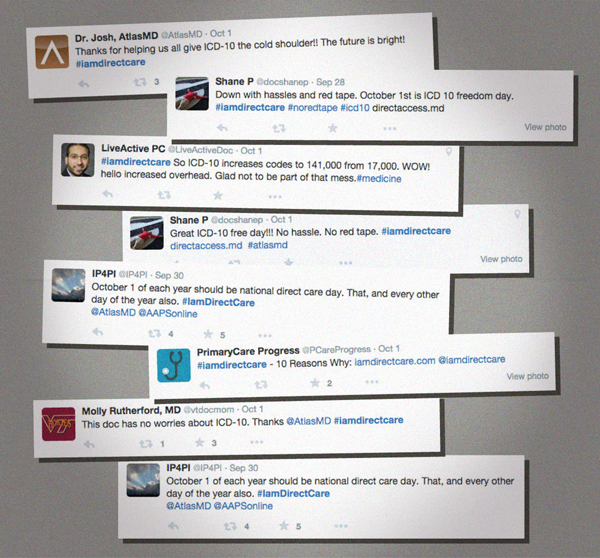 In part one of this three-part storytelling series we talked about how literally every action you take plays a role in the story you’re telling your patients. What you do matters — even little stuff like saying thank you, responding to emails, and having a friendly face or voice to greet your patients can send a powerful message. And that’s a message you don’t want your patients to interpret on their own!
In part one of this three-part storytelling series we talked about how literally every action you take plays a role in the story you’re telling your patients. What you do matters — even little stuff like saying thank you, responding to emails, and having a friendly face or voice to greet your patients can send a powerful message. And that’s a message you don’t want your patients to interpret on their own!
But your actions are only one part of the equation. To tell a complete story you also have to think about what your patients see when you’re not there. That’s right – we’re talking about branding.
It’s the website. It’s the brochure. It’s the business card. It’s the content of your blog, emails and texts. In one single word, it’s your identity. Good stuff, huh? Let’s talk about how you can use these branding elements to breathe life into your story and convey the real message of DPC.
One Voice
Throughout all the materials mentioned above (website, brochure, business card, content, etc.) it’s important to have one underlying theme peeking through. Is it that you’re available 24/7? Is it that you always put your patients first? Do you have a tagline you can weave in? When patients see the same message on various materials it does a couple good things: it tells them you’re put-together, and it engrains your message into their heads. Rather than just another doctor’s office, they come to identify you as the people who provide care.
So in a nutshell, what you’re trying to avoid here is sending mixed messages. If there was only one thing you could tell your patients, what would it be? Now make sure that comes across in each piece.
Visual Storytelling: Design
Small design elements can translate really well across different pieces — and go a long way toward telling a cohesive story. Let’s start with your logo. Read more


